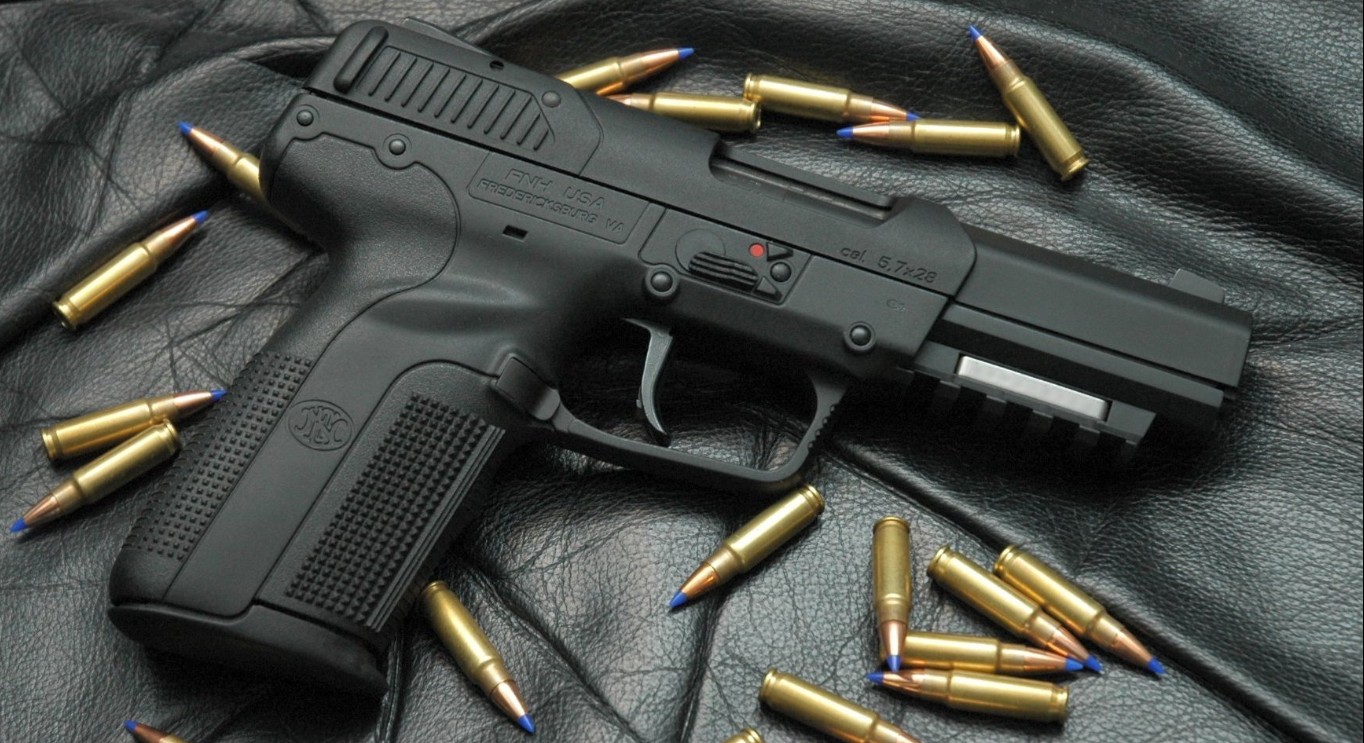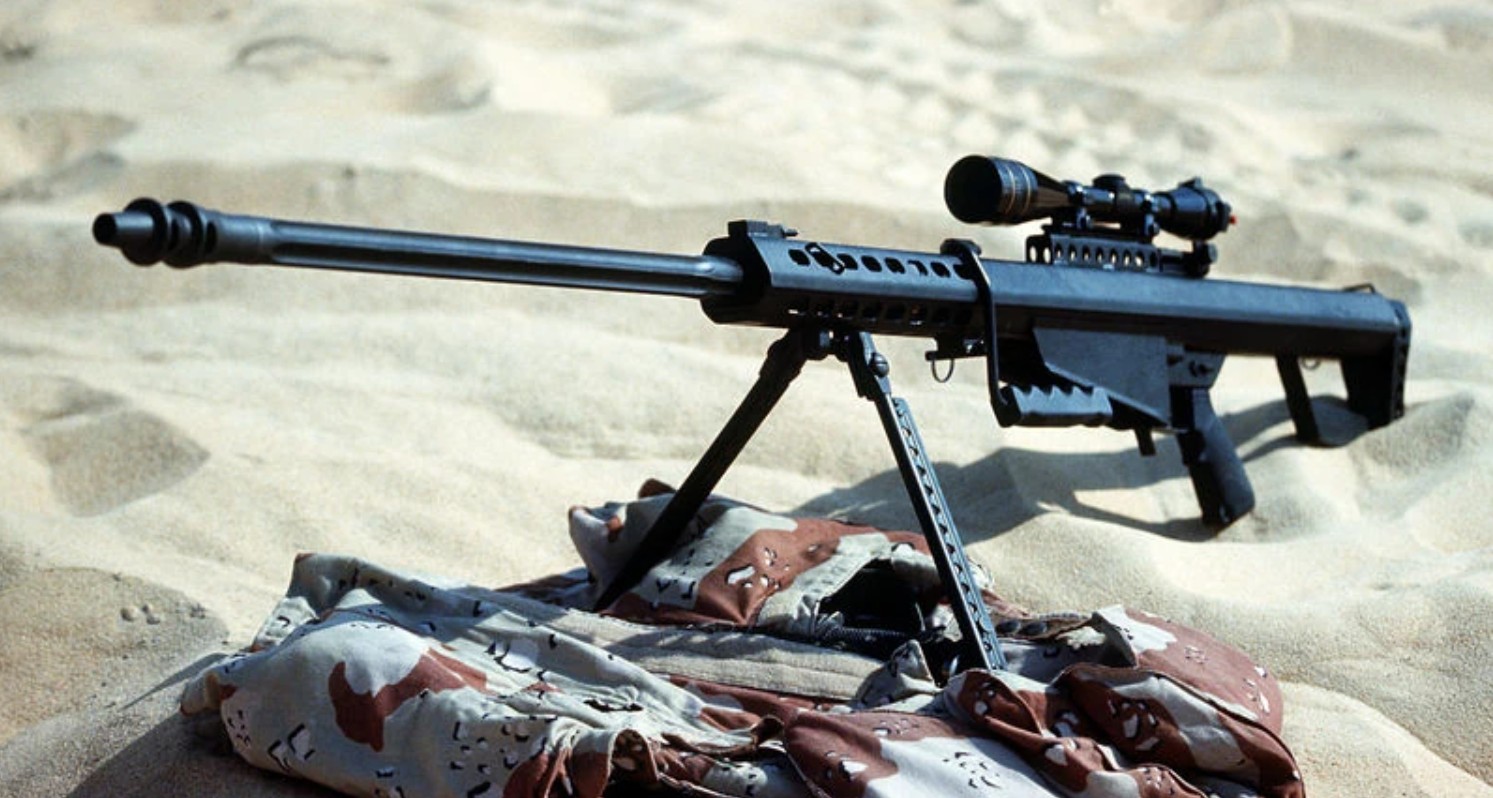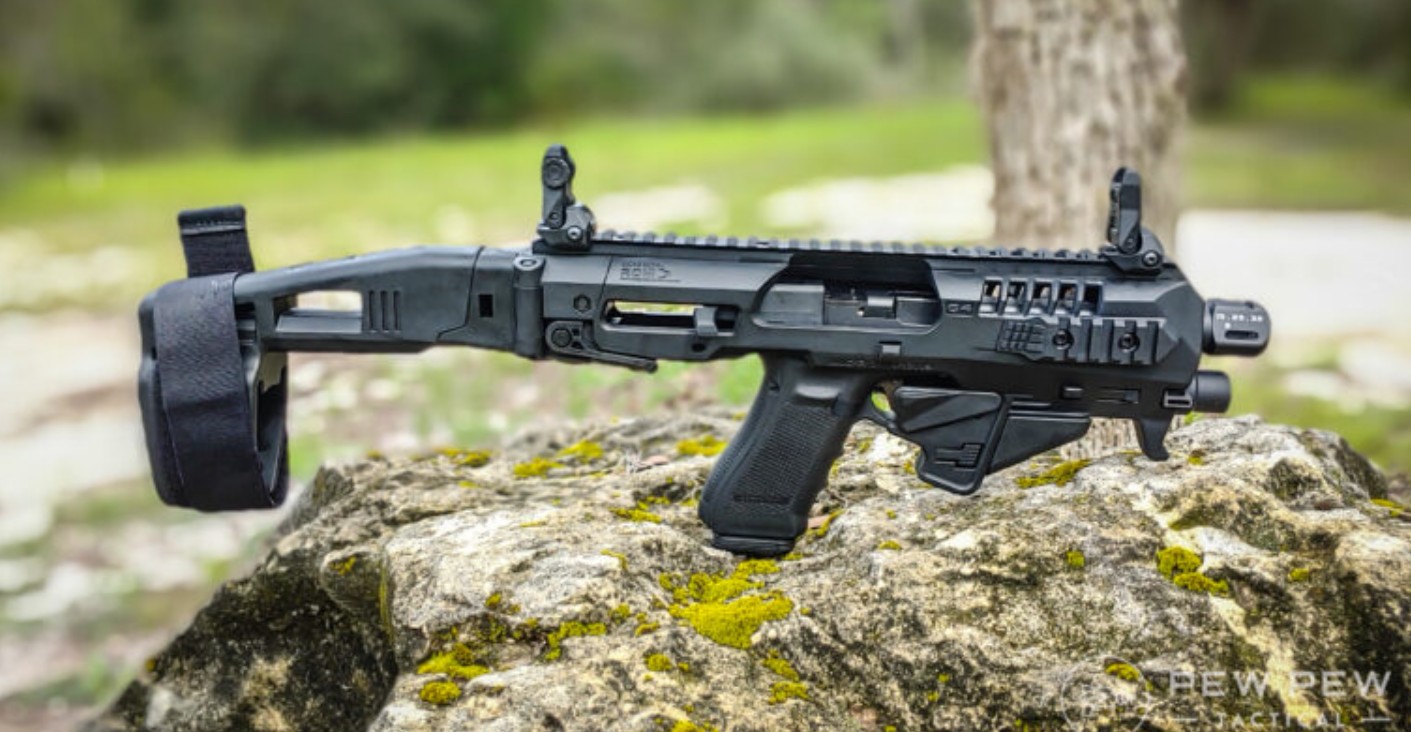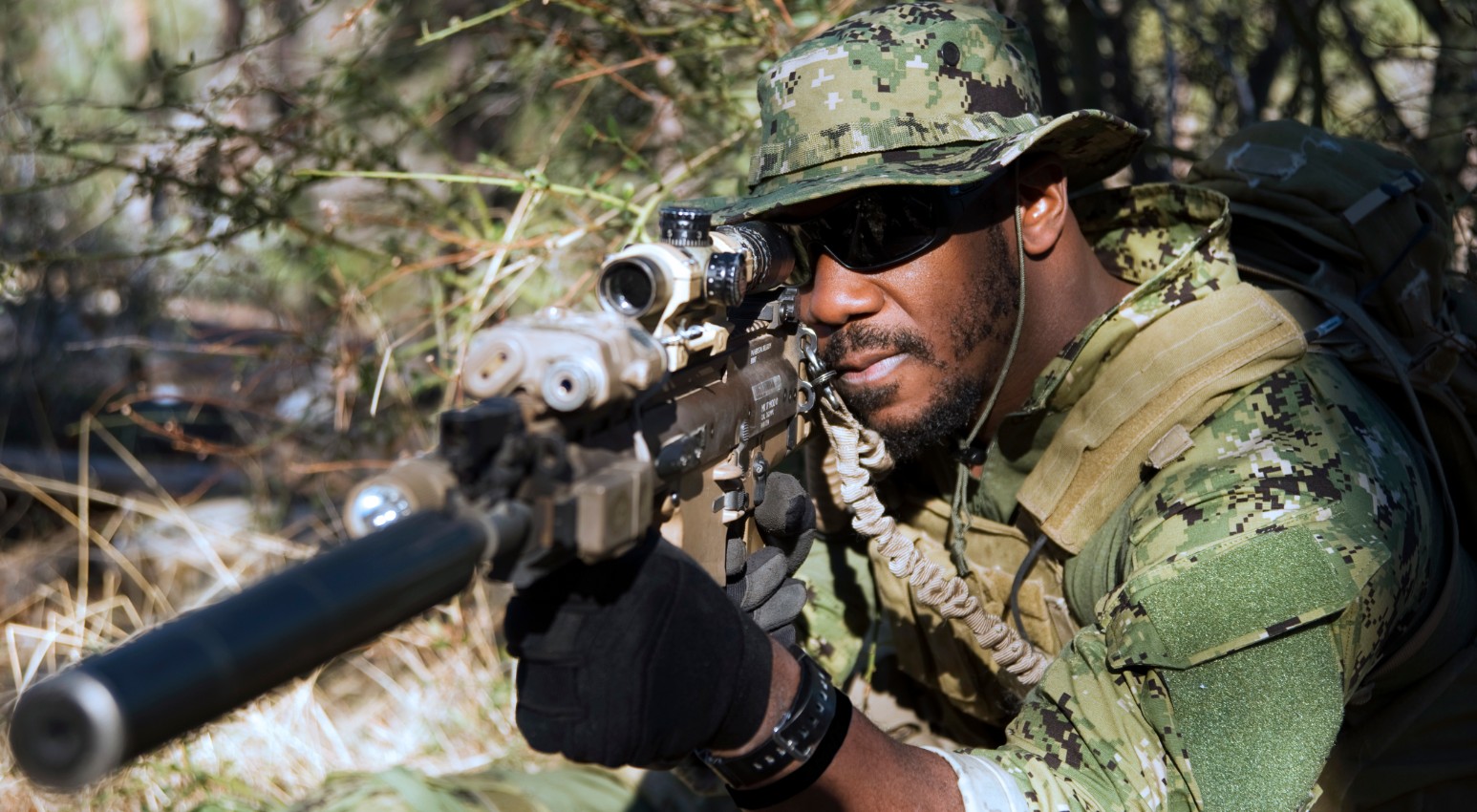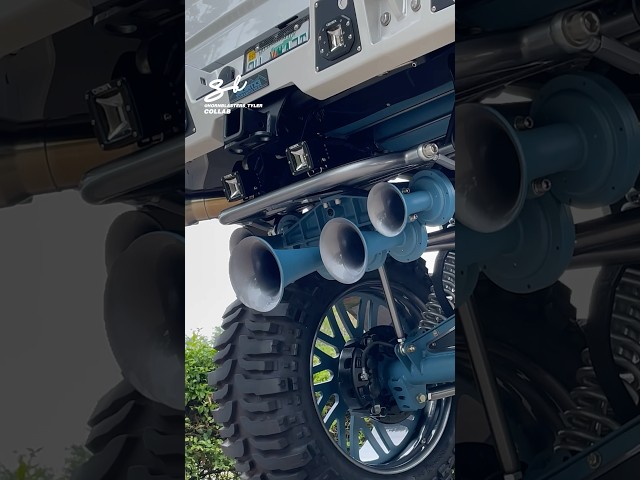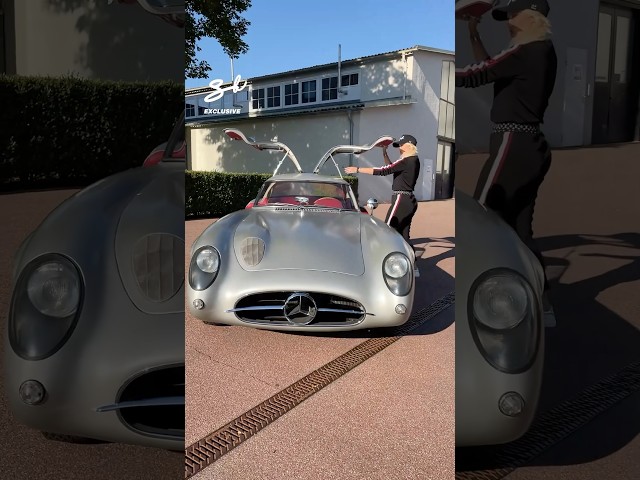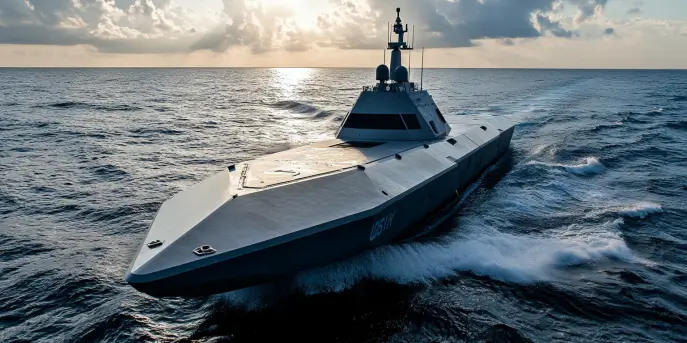A New Era in Armored Warfare: The Type 10
The Japanese Type 10 main battle tank represents a significant leap in armored warfare for the Japan Ground Self-Defense Force (JGSDF). Developed by Mitsubishi Heavy Industries, this state-of-the-art tank is a testament to Japan’s commitment to modernizing its military capabilities and ensuring national security in the face of evolving threats. The Type 10 serves as a replacement for the older Type 74 and complements the Type 90, offering enhanced performance, improved mobility, and cutting-edge technology.
Design and Development
The design philosophy behind the Type 10 was to create a highly mobile and flexible tank that could perform effectively in various environments while incorporating the latest in armor and electronics technology. Officially introduced in 2010, the Type 10 was developed with particular focus on Japan’s unique geographical and strategic needs. Its development was part of a larger initiative to replace outdated models and meet the demands of modern battlefield scenarios, characterized by rapid mobility and network-centric warfare capabilities.
Key Features and Specifications
| Specification | Details |
|---|---|
| Weight | 44 tons (basic) / 48 tons (with armor modules) |
| Engine | Water-cooled, 4-stroke, 8-cylinder diesel engine |
| Speed | 70 km/h (43 mph) |
| Armament | 120 mm smoothbore gun, coaxial machine gun, roof-mounted heavy machine gun |
| Crew | 3 (Commander, gunner, driver) |
Armament and Firepower
The heart of the Type 10’s offensive capabilities lies in its advanced weaponry. The tank is equipped with a 120 mm smoothbore gun that is capable of firing multiple types of ammunition, including armor-piercing fin-stabilized discarding sabot (APFSDS) rounds, high-explosive anti-tank (HEAT) rounds, and newly developed multipurpose shells. This allows the tank to engage a variety of targets, ranging from enemy armor to fortified positions.
Complementing the main gun are the coaxial 7.62 mm machine gun and a 12.7 mm heavy machine gun mounted on the turret roof, providing additional firepower against infantry and low-flying aircraft. The integration of an advanced fire-control system ensures high accuracy and rapid target acquisition, even while on the move, greatly enhancing the Type 10’s combat effectiveness.
Mobility and Maneuverability
The Type 10 is renowned for its exceptional mobility, a feature that has been emphasized during its development phase. The tank’s state-of-the-art hybrid suspension system allows it to traverse Japan’s varying terrains, from urban landscapes to rugged countryside, with ease. The water-cooled diesel engine gives the tank a top speed of 70 km/h, making it one of the fastest tanks in its class.
Mitsubishi’s innovative design allows the Type 10 to adjust its ground clearance, enhancing its ability to navigate challenging terrains and obstacles. This adaptability is crucial for rapid deployment and repositioning, providing the JGSDF with a tactical edge in dynamic combat scenarios.
Protection and Survivability
The Type 10 features a modular armor system that offers significant protection against a wide range of threats. This system allows for the quick replacement of damaged modules, ensuring the tank can continue operations with minimal downtime. The composite armor developed by Japan provides enhanced resistance against kinetic and chemical energy projectiles.
Additionally, the tank is equipped with an advanced explosive reactive armor (ERA) that can mitigate the impact of incoming shell blasts, further securing its crew. The internal layout features ergonomic seating and advanced communication systems, enhancing crew efficiency and situational awareness.
Network-Centric Warfare Capabilities
The modern battlefield requires tanks that can communicate and coordinate effectively with other units, and the Type 10 excels in this area. Equipped with advanced C4I (command, control, communications, computers, and intelligence) systems, the Type 10 allows for real-time data exchange between units. This network-centric capability ensures seamless operation in joint missions, as tanks can share tactical data, enhancing overall mission effectiveness.
This digital communication system enables the Type 10 to coordinate with other JGSDF units, as well as naval and air forces, making it a pivotal component of Japan’s defense strategy. The integration of GPS and battlefield management systems allows commanders to make informed decisions and execute precise maneuvers in real-time.
Challenges and Future Prospects
Despite its advanced capabilities, the Type 10 faces challenges typical of modern armored fighting vehicles. Budget constraints and the high cost of production mean that the number of Type 10 tanks remains limited compared to older models. However, ongoing developments and potential export opportunities could bolster its presence and enhance Japan’s self-reliance in defense manufacturing.
Looking to the future, upgrades and innovations are continually being explored for the Type 10. These include improvements in autonomous systems, environmental adaptabilities, and further integration of artificial intelligence to enhance combat performance. The continued evolution of the Type 10 ensures it will remain a formidable asset in the Japanese military arsenal for years to come.
In summary, the Type 10 main battle tank stands at the forefront of modern armored warfare, embodying Japan’s technological prowess and strategic foresight. Its blend of firepower, mobility, protection, and network capabilities makes it a critical component of Japan’s defense strategy, poised to counter contemporary threats while adapting to future challenges.

